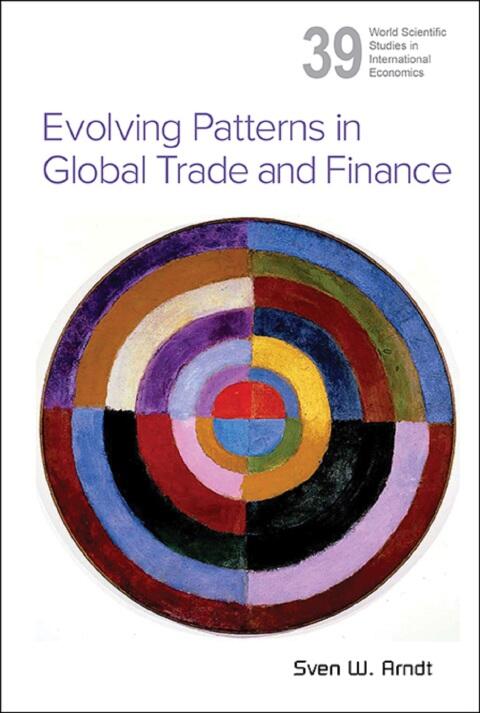
Economics Of Intercollegiate Sports, The
بواسطة
Randy R Grant
,
John C Leadley
,
Zenon X Zygmont
لا توجد تقييمات بعد
Business & Economics
Health & Wellness
تنسيق
كيندل
صفحات
734
لغة
صيني
منشور
Jan 1, 2014
الناشر
World Scientific
الطبعة
Second
رقم ISBN-10
9814583391
رقم ISBN-13
9789814583398
الوصف
This edition delves into the complex dynamics of intercollegiate sports, examining the economic factors that drive university decisions. With insightful analysis, the authors explore how universities balance academics and athletics, revealing the strategic importance of sports in enhancing institutional visibility and prestige. The book poses critical questions about the motivations behind sports programs, highlighting their cultural significance within campus life.
The authors offer a thorough examination of financial aspects, scrutinizing the allocation of resources. They discuss the growing salaries of head coaches and the implications for university budgets, casting light on the sustainability of such investments amidst rising tuition costs. Additionally, the text investigates the economic impact of athletic success on student enrollment and alumni contributions, illustrating how sports can significantly affect a university's financial health.
Readers are encouraged to consider the broader implications of these financial decisions. The authors weave in historical context, providing a richer understanding of how intercollegiate sports have evolved and the economic pressures shaping them today. By blending economic theory with practical case studies, the book serves as a thoughtful resource for policy makers, educators, and sports enthusiasts.
Ultimately, the work challenges prevailing assumptions about college athletics. It invites readers to engage in a deeper dialogue about the role of sports within educational institutions, addressing not just the financial aspects but also the ethical considerations that come into play.
The authors offer a thorough examination of financial aspects, scrutinizing the allocation of resources. They discuss the growing salaries of head coaches and the implications for university budgets, casting light on the sustainability of such investments amidst rising tuition costs. Additionally, the text investigates the economic impact of athletic success on student enrollment and alumni contributions, illustrating how sports can significantly affect a university's financial health.
Readers are encouraged to consider the broader implications of these financial decisions. The authors weave in historical context, providing a richer understanding of how intercollegiate sports have evolved and the economic pressures shaping them today. By blending economic theory with practical case studies, the book serves as a thoughtful resource for policy makers, educators, and sports enthusiasts.
Ultimately, the work challenges prevailing assumptions about college athletics. It invites readers to engage in a deeper dialogue about the role of sports within educational institutions, addressing not just the financial aspects but also the ethical considerations that come into play.



















